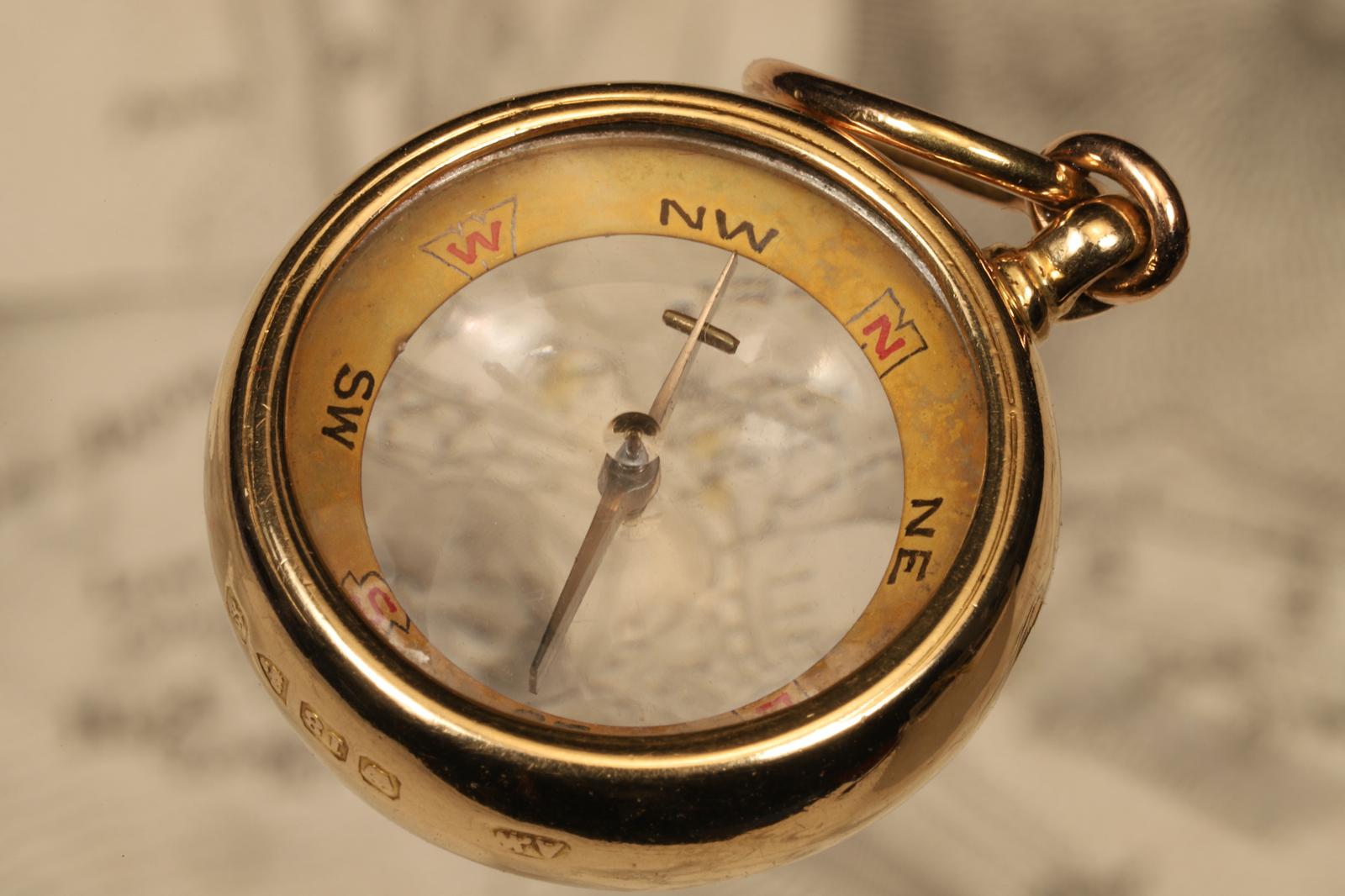Directory and moreAll AntiquesFurnitureSilverArtJewellerySalvageClocksMirrorsChairsGlassCeramicsDirectory and moreBedsBookcasesCabinetsChairsChest of DrawersCupboardsDesksDressersDressing TablesSideboardsStoolsTablesWardrobesBasketsBowlsBoxesCandlesticksCard HoldersCoastersCoffee PotsCondimentsCutleryDecanter LabelsDishesSpoonsVasesCityscape ArtContemporary ArtDrawingsEaselsLandscape ArtMarinescape ArtMiniaturesOil PaintingsPastelPortraitsSeascape ArtStill LifeWatercoloursAntique Bracelets & BanglesBroochesCufflinksDiamond RingsEarringsEngagement & Wedding RingsJewellery BoxesLocketsNecklacesPendantsRingsSets - Demi ParureSolitaire RingsBathsChimneysColumnsDoor Handles / Door Stops / Door KnockersDoorsFireplacesFlooringIndustrial antiquesLocks / KeysReclaimed & Industrial LightingReclamationWindowsBracket ClocksCarriage ClocksClock SetsCuckoo ClocksDial ClocksFusee ClocksGrandfather ClocksLongcase ClocksMantel ClocksPocket WatchesSkeleton ClocksWall ClocksWatchesConvex MirrorsDressing MirrorsDressing Table MirrorsFrench MirrorsGilt MirrorsLarge MirrorsOval MirrorsOvermantle MirrorsPier MirrorsSwing MirrorsToilet MirrorsVictorian MirrorsWall MirrorsArmchairsClub ChairsCorner ChairsCountry ChairsDesk ChairsDining ChairsHall ChairsKitchen ChairsLibrary ChairsOffice ChairsPair of ChairsRocking ChairsWing ChairsAntique Drinking GlassesChampagne GlassesDecantersEpergnesGlass BowlsGlass CruetGlass DishesGlass InkwellGlass JugsGlass SculpturesGlass VasesScent BottlesTantalusAnimal FigurinesBlue and WhiteBowlsChargersChinaCoffee Pots & SetsDinner ServiceDishesFigurinesJugsTea Pots and SetsVases (Ceramic)Business DirectoryLoveAntiques DealersHome & LivingBlogMaterialsPeriodsArtisansOriginsGifts For HimGifts For Her

Vavasseur Antiques

The finest antique aneroid barometers, altimeters, barographs and other scientific instruments of the Victorian and Edwardian eras. We buy, sell, service and repair.
Address
Totnes
Devon
United Kingdom
Opening times
8.00am-8.00pm
Phone
+447879 424877
LoveAntiques Dealersince Jan 2019Approved item174 sales by dealerFree DeliveryAvailable for local pick-up
18ct Gold Double-sided Compass Charm, Fob or Pendant by Alfred Wilcox c.1902
REF: SI2772 / LA527137
£950
€1,088
$1,283
Secure Payments By
LoveAntiques Dealersince Jan 2019Approved item174 sales by dealerFree DeliveryAvailable for local pick-up
Description
Very attractive 18ct gold double-sided transparent compass charm or fob by Alfred Wilcox and Francis Barker c.1902.
Solid gold ⅞″ diameter transparent compass watch fob or pendant having double-sided peripheral frosted yellow scales open to the centre and enclosed by two “pebble” low dome glasses. Scales hand decorated with cardinals in red and intercardinals in black to one side, both in black to other. Delicately set bar needle with bearings in the upper and lower glass. The compass in a solid gold surround, fully hallmarked for 18ct gold, 1902, the Chester Assay Office, and goldsmith Alfred Wilcox.
The compass swinging freely, finding north easily. The glasses clear, the gold surround in generally very good antique condition, one small ding.
This very high quality compass, with its needle suspended between the two glasses, is the work of Francis Barker, the preeminent maker of compasses at that time. A similar gold compass featured in the Barker catalogues from c1880 onwards, described as “Belcher Pattern Transparent High Power Pebble Lens Bar Needle Charm Compass”. The low dome or “pebble” glasses act as magnifiers, enabling one to read maps more clearly. The compass was available in 18, 15 and 9ct gold. In this instance, the component compass has been supplied by Barker to Alfred Wilcox, which accounts for the particularly fine making of the solid gold surround.
A beautiful gift for an anniversary, birthday or other special occasion.
measurements
Height:
1.125 in
Width:
0.875 in
Depth:
0.375 in
declaration
Vavasseur Antiques has clarified that the 18ct Gold Double-sided Compass Charm, Fob or Pendant by Alfred Wilcox c.1902 (LA527137) is genuinely of the period declared with the date/period of manufacture being 1902
condition
In very good working condition.
additional info
location
This 18ct Gold Double-sided Compass Charm, Fob or Pendant by Alfred Wilcox c.1902 is located in Devon, United Kingdom
Share:
A selection of items from Vavasseur Antiques
Vavasseur Antiques has 101 items available.Vavasseur Antiques
Early Edwardian Aneroid Barometer for Schweppes c.1905
£ 475
€544
$641
Vavasseur Antiques
Magnificent Bronze Statue of an American Bison After Alfred Barye c.1900
£ 1,850
€2,119
$2,498
Magnificent Bronze Statue of an American Bison After Alfred Barye c.1900
£ 1,850
€2119
$2498
Vavasseur Antiques
Vavasseur Antiques
Very Early Negretti & Zambra Barometer No 278 c.1865
£ 475
€544
$641
Vavasseur Antiques
Unusual Victorian Singer Style Compass by Barker c.1880
£ 415
€475
$560
Vavasseur Antiques
Georgian Gilt Brass Long Necked Compass c.1810
£ 385
€441
$520
Vavasseur Antiques
Silver Pocket Barometer Altimeter Retailed by Asprey c.1905
£ 785
€899
$1,060





